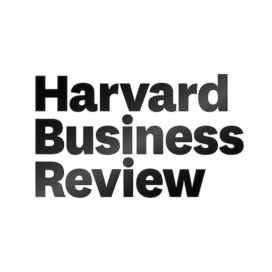Putting it all on red
Published: July 27, 2016 / Author: The Economist

IMAGINE two kinds of investment funds, both of which have the same aim: to provide pensions for their employees. You might think that they would invest in a similar way. But when it comes to American pension funds, you would be wrong. It turns out that public funds have a rather different, and more aggressive, approach to risk from private ones (and indeed from their counterparts in other countries).
As a recent paper* by Aleksandar Andonov, Rob Bauer and Martijn Cremers shows, that different approach is driven by a regulatory incentive—the rules that determine how pension funds calculate how much they must put aside to meet the cost of paying retirement benefits. Usually, the bulk of a pension fund’s liabilities occur well into the future, as workers retire. So that future cost has to be discounted at some rate to work out how much needs to be put aside today.
Private-sector pension funds in America and elsewhere (and Canadian public funds) regard a pension promise as a kind of debt. So they use corporate-bond yields to discount future liabilities. As bond yields have fallen, so the cost of paying pensions has risen sharply. At the end of 2007, American corporate pension funds had a small surplus; by the end of last year, they had a $404 billion deficit.
American public pension funds are allowed (under rules from the Government Accounting Standards Board) to discount their liabilities by the expected return on their assets. The higher the expected return, the higher the discount rate. That means, in turn, that liabilities are lower and the amount of money which the employer has to put aside today is smaller.
Read the entire article on The Economist website.
Related Stories




